Thermal insulation and energy saving for aluminum profile
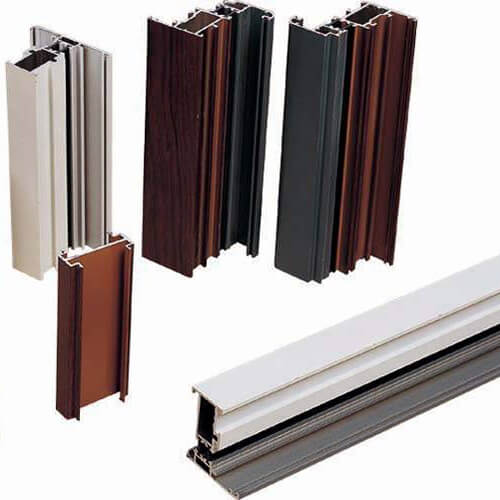
Windows and doors must also be able to guarantee outstanding thermal insulation to be truly effective. In fact, thanks to thermal break technology, aluminium guarantees absolutely satisfactory performance also in terms of insulation.
The Resistance Ability of Aluminum Window and Door
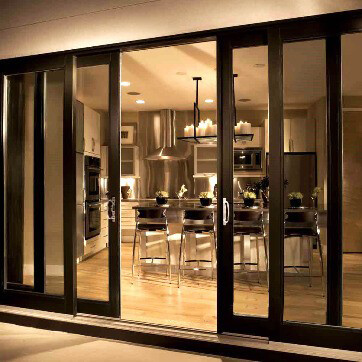
Aluminium is first and foremost a very solid and resistant material, despite its lightness. This characteristic makes it a particularly suitable metal for building window and door frames: aluminium frames are able to withstand sunlight and the most violent atmospheric conditions very well.
What reasons will affect the yield of aluminum extrusion products?
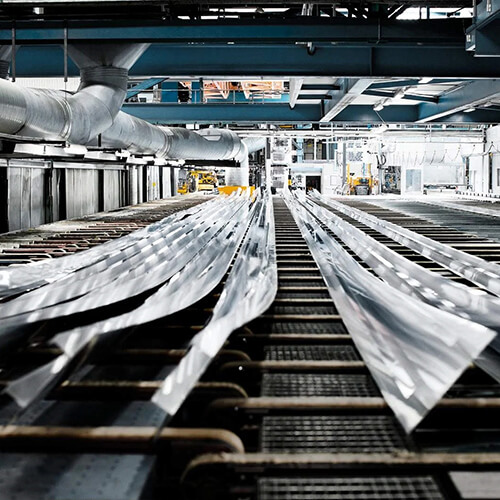
What reasons will affect the yield rate of aluminum extrusion? The level of mold design, production and repair, tooling equipment and process technology control, workshop management and employee operation are important factors in improving the yield rate. What needs to be added is that the machine team leader’s true recording of the original parameters of the mold during the production process has a non-negligible auxiliary role in improving the yield rate. Scientifically and rationally formulating an incentive system for production capacity and yield rate is a powerful guarantee for “improving the yield rate”.
Aluminum windows – are they worth investing in? What are the advantages of aluminum fenestration?
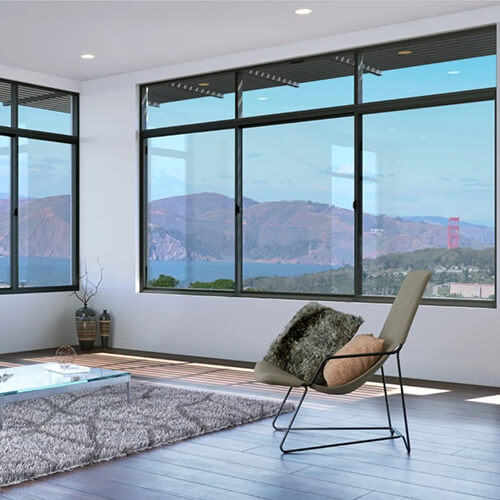
The strengths and advantages of aluminum windows include, for example,
Being more resistant to weather conditions and scratches, for that reason, aluminum windows can remain in an unchanging state for several dozen years.
It can withstand heavier loads, for instance, the longest acceptable side of the window in PVC is approx. 3 meters, in aluminum it can be as much as approx. 4 meters.
The Functions of Aluminum Profile Trial Molds
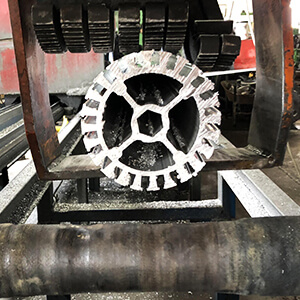
When extruding aluminum profiles, you first need to conduct a trial mold. What is a trial mold? Let’s follow the editor to understand the use of aluminum profile trial molds from the following points.
What to look out for when choosing aluminum windows?
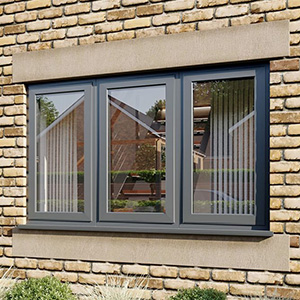
There is no need to deny it — for customers, the right price is one of the most important aspects when acquiring goods. Aluminum windows can be two times more expensive than for example PVC models, you have to find a reliable supplier. Choosing the wrong provider may lead to a variety of problems, ranging from delays to unsatisfactory quality. The second matter is the huge price difference for the same window systems between various fenestration suppliers, as they can fluctuate up to several dozen percent.
Distinguish the magnesium alloy profiles are qualified or not
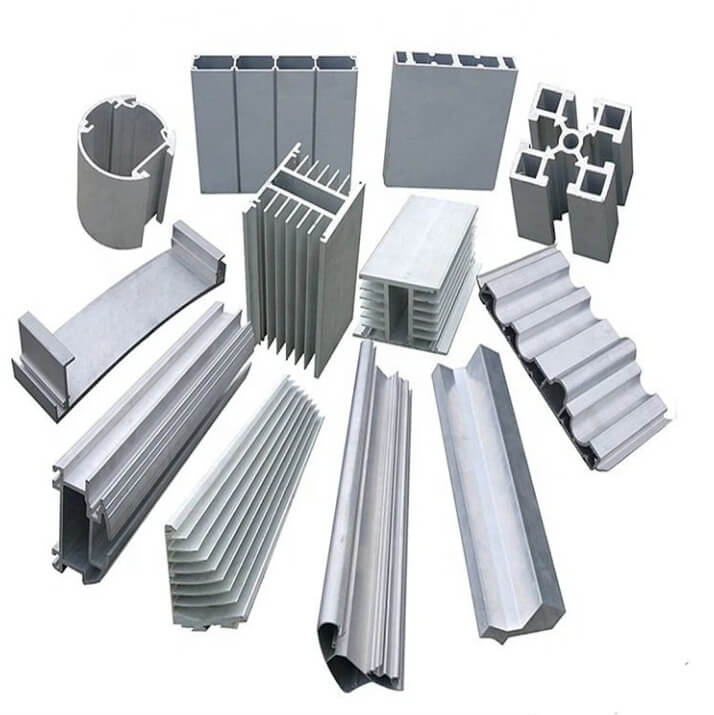
Aluminum alloy profiles can be divided into raw aluminum and cooked aluminum. Raw aluminum is less than 98% aluminum. It is relatively brittle and hard and can only be cast by sand casting. Ripe aluminum is more than 98% aluminum. Its nature is soft and can be rolled or Stamping and rolling many kinds of utensils. So which aluminum alloy profiles are inferior?
Why Aluminium Windows and Doors are Best for Home?
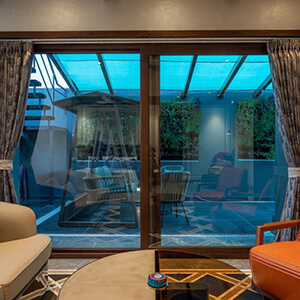
When it comes to picking the right aluminium windows and door for your house, villa schools and any other properties there are a few things you need to take into mind. The most important factor is the style of your home, and how the windows will fit in with the overall look. Aluminium windows are a popular choice for people looking for good quality windows for their homes. It is important to know how to distinguish between a high-quality aluminium window and a low-quality one. One way you can tell if an aluminium window is of good quality is by its warranty. While a bad one might only offer limited coverage.
What are the benefits of customizing industrial aluminum profiles?
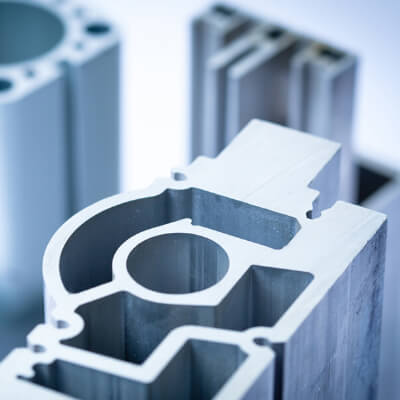
Many people think that customizing industrial aluminum profiles is complicated and expensive. This idea is not correct, so what are the benefits of customizing industrial aluminum profiles? Let’s find out together:
Aluminum Windows
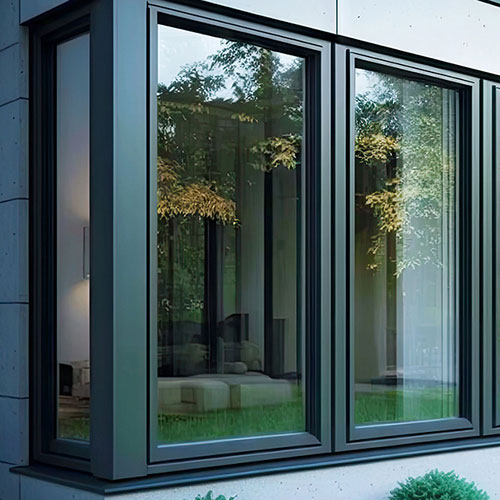
Aluminum windows and doors have become increasingly popular for both commercial and residential buildings. Aluminum window frames can be made to match almost any color and home style. They can also be made in a range of different configurations including casement windows, double-hung windows, sliding windows/doors, awning windows, fixed windows, and lift and slide doors. Here are some reasons why you should choose aluminum.
